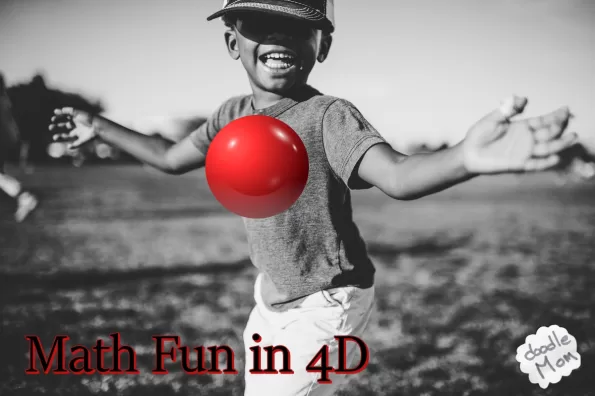 Colorful polymer beads are fun to play with. Children of all ages are delighted by them. They start out small and hard. You place them in water and within 24 hours they have expanded into beautiful, large beads that play with light and act as rubbery magnifying devices.
Colorful polymer beads are fun to play with. Children of all ages are delighted by them. They start out small and hard. You place them in water and within 24 hours they have expanded into beautiful, large beads that play with light and act as rubbery magnifying devices.
I did not understand for a long time is how kids were actually learning anything related to science by playing with polymers. Yes, it is great fun. But where is the science?
And then a couple of weeks ago I got it: polymer play teaches an innate understanding of molecular structure. How molecules behave and how compounds, like polymers, can absorb water.
You can crush the polymer beads of like colors (this tends to happen when the kids squish the hydrated beads through thier fingers anyway) and layer the colors in a see through container (like an empty soda container in the picture). If you let the layers sit overnight the pigment in the polymers will start to diffuse and the colors will form additional mixed layers of color between the original color layers you laid down. This is similar to the chromatography experiment you can do with a black pen and coffee filter paper.
In case you have not tried playing with these, polymer beads really are great fun. You can pick them up at Steve Spangler’s store: Steve Spangler Science, and other places. Steve Spangler also has free videos of his experiments and ideas on his web site using materials you probably have at home right now.
So polymer play really does lead to science, especially when you stand back and let your kids investigate without trying to control what they learn, step back, let the magic happen, and maybe grab a camera to take a few pictures of the fun!






